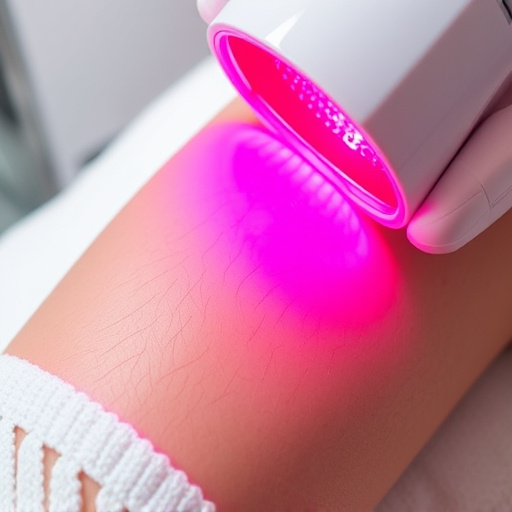Melasma, a hormonal skin condition causing dark facial patches, commonly arises during or after pregnancy. Treatment involves personalized strategies combining dermatologist-recommended methods like customized facials, chemical peels, microdermabrasion, laser therapy, and broad-spectrum sunscreens. Intense pulsed light (IPL) therapy and topical medications address pigmentation. Proper aftercare, including consistent skincare with SPF 30+, hydration, and a balanced diet rich in antioxidants, is crucial for optimal results and preventing recurrence.
Melasma, characterized by dark patches on the face, is a common skin concern. This article provides comprehensive guidance from top dermatologists on effective melasma treatment. We delve into understanding the causes and diagnosis, offering insights that help differentiate melasma from other skin conditions. Next, we explore dermatologist-recommended strategies, focusing on evidence-based treatments. Finally, we discuss aftercare and maintenance to ensure optimal results and prevent recurrence, emphasizing key practices for successful melasma management.
- Understanding Melasma: Causes and Diagnosis
- Dermatologist-Recommended Treatment Strategies
- Aftercare and Maintenance for Optimal Results
Understanding Melasma: Causes and Diagnosis

Melasma is a skin condition characterized by dark patches that appear on specific areas of the face, most commonly the forehead, cheeks, and upper lip. It’s more prevalent in women than men and often develops during or after pregnancy, hence its nickname “mask of pregnancy.” While it can be embarrassing, understanding its causes and diagnosis is the first step towards effective melasma treatment.
The primary cause of melasma is exposure to hormones, which can stimulate melanin production. This leads to an uneven distribution of pigment in the skin. Diagnosis typically involves a thorough skin examination by a dermatologist. They will consider your medical history, especially any hormonal changes or pregnancies, and may use specialized lighting or dermoscopy to assess the depth and pattern of pigmented lesions, helping to differentiate melasma from other skin conditions that present similarly. Additionally, procedures like customized facials, skin tightening, and pore refinement can be part of a comprehensive melasma treatment plan once diagnosis is confirmed.
Dermatologist-Recommended Treatment Strategies

Melasma treatment involves a combination of dermatologist-recommended strategies tailored to address each patient’s unique skin concerns. Customized facials and facial treatments are often at the forefront of these approaches, aiming to soothe and revitalize the skin while targeting specific melasma symptoms. Skilled dermatologists may incorporate specialized products and techniques like chemical peels, microdermabrasion, and targeted laser therapy to gently exfoliate the skin, promote cell turnover, and even out skin pigmentation.
Additionally, addressing underlying factors such as hormonal imbalances or sun exposure is crucial for effective melasma treatment. Dermatologists suggest incorporating broad-spectrum sunscreen into daily routines for wrinkle reduction and further skin protection. Specific facial treatments may also include intense pulsed light (IPL) therapy to break up pigmented spots, and topical medications like hydroquinone or retinoids to inhibit melanin production and enhance overall skin clarity.
Aftercare and Maintenance for Optimal Results

After successfully initiating melasma treatment, proper aftercare and maintenance are crucial for achieving optimal results. This involves maintaining a consistent skincare routine focused on protecting the skin from further damage and promoting its natural healing processes. Using sunscreen with at least SPF 30 during the day is essential, as it shields the skin from harmful UV rays that can trigger or worsen melasma. Additionally, incorporating customized facials into your maintenance regimen allows for deeper cleansing, exfoliation, and hydration tailored to your skin’s unique needs.
Regularly hydrating the skin and adopting a balanced diet rich in antioxidants are other vital components of melasma treatment maintenance. These steps support overall skin health and aid in wrinkle reduction by enhancing elasticity and cell turnover. Remember that consistency is key; adhering to these practices ensures long-lasting results and prevents the recurrence of melasma spots, leaving your complexion radiant and even-toned.
Melasma can be a challenging skin condition to manage, but with the right approach, effective treatment is achievable. By understanding the causes and diagnosis of melasma, implementing dermatologist-recommended strategies, and adhering to proper aftercare and maintenance routines, individuals can see significant improvements in their skin’s appearance. These comprehensive tips empower folks to take control of their melasma treatment journey and embrace a clearer, more even complexion.














